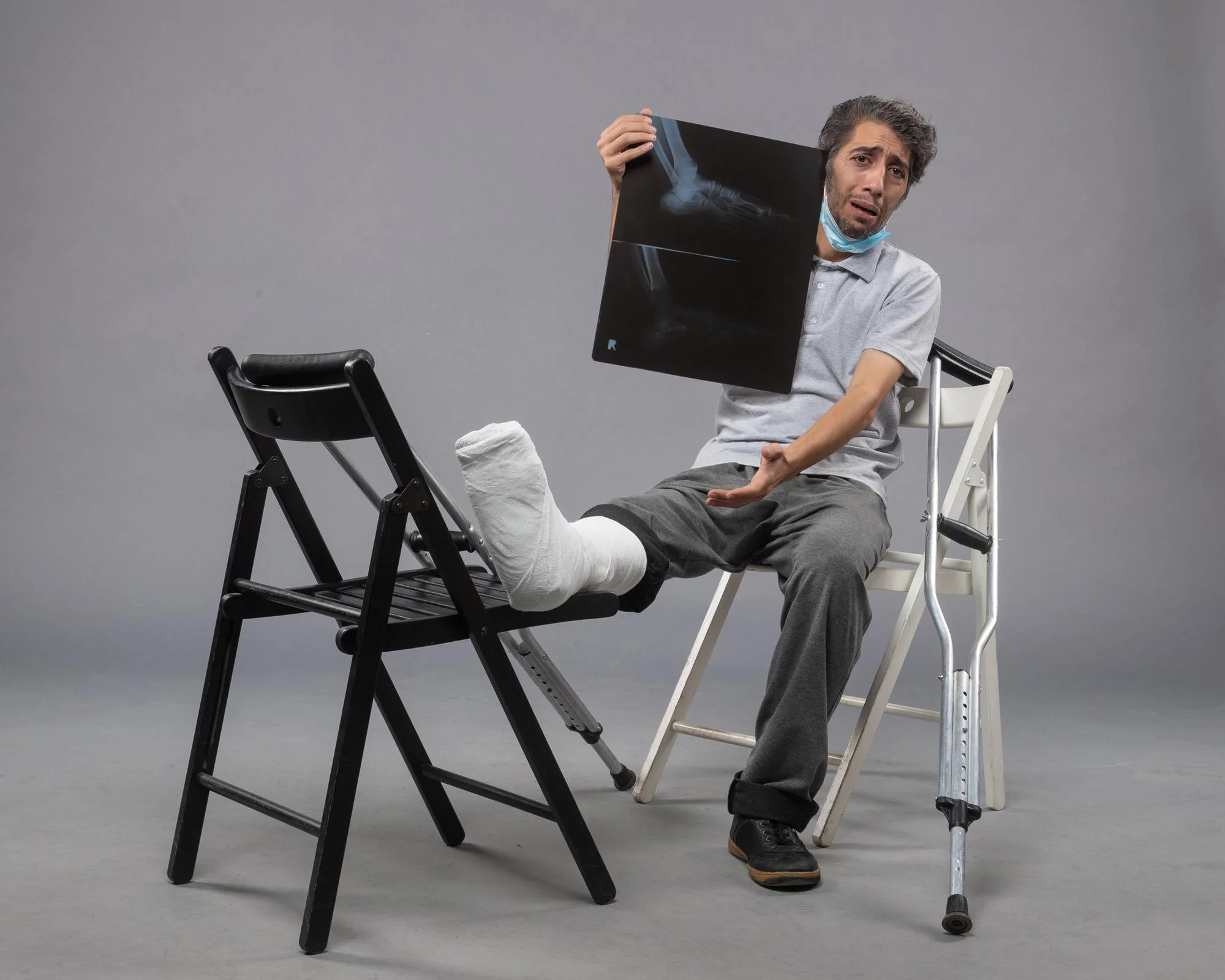In the realm of orthopedic trauma care, the management of proximal humerus fractures remains a hotly debated topic with a myriad of treatment protocols available. With the aging population, such fractures are on the uptick, leading to increased interest in understanding the best course of action for these injuries. A recent study published in the Journal of Clinical Orthopaedics and Trauma delves into the outcomes following non-operative management for proximal humerus fractures, offering critical insights that may guide clinicians in the decision-making process.
DOI: 10.1016/j.jcot.2019.02.017
Authors: Al-Achraf Khoriati, Tony Antonios, Nik Bakti, Paras Mohanlal, and Bijayendra Singh.
Published: May-Jun 2019
Journal: Journal of Clinical Orthopaedics and Trauma
This elaborate news article aims to dissect and discuss the published research, comparing it with other key literature in the field, and providing comprehensive view on non-operative management of proximal humerus fractures.
Background
Proximal humerus fractures typically involve the upper arm bone near the shoulder and can be quite debilitating, especially for the elderly. The traditional approach to such fractures has often been operative, involving surgeries such as open reduction internal fixation (ORIF), hemiarthroplasty, or even reverse shoulder arthroplasty in certain cases. However, surgery carries risks, and not all patients are ideal candidates due to comorbid conditions or the nature of the fracture itself.
The study by Khoriati and colleagues presents a review focusing on the viability of a conservative approach and offers evidence that can influence treatment plans for patients in this demographic.
Methodology of the Study
The team employed a review approach, analyzing existing data on non-operative treatments for proximal humerus fractures. Their review considered several variables, including the nature of the fracture, patient age, bone quality, and the presence of comorbid conditions. By meticulously analyzing the outcomes of conservative treatment, the authors aimed to present a guideline for clinicians to follow.
Findings and Interpretation
Khoriati et al.’s review suggests that non-operative management can be an effective and safe alternative to surgery, particularly for select fracture types and patient groups. It has been observed that certain proximal humerus fractures, especially those with minimal displacement, may heal satisfactorily without the need for surgery. Factors such as the patient’s age, overall health, bone quality, and preference were highlighted as significant considerations in opting for non-operative treatments.
The study demonstrates that while surgery may offer quicker rehabilitation in some cases, the long-term outcomes in terms of function and pain relief can be similar between non-operatively and surgically treated patients. Furthermore, avoiding operation mitigates risks associated with anesthesia and surgical complications.
Comparison with Other Literature
The outcomes presented in Khoriati et al.’s review align with several other studies and trials that have examined non-operative treatment protocols. For instance, Bell et al. (2011) and Handoll et al. (2017), both spotlight the rise in incidence of proximal humeral fractures and validate non-operative management as a valuable option for a subset of patients.
Moreover, studies like the PROFHER randomized clinical trial have added substantial evidence to support conservative management, offering data that shows similar patient-reported outcomes when comparing operative and non-operative treatment methods.
Implications for Clinical Practice
The insights from the review by Khoriati et al., along with corroborating studies, suggest that a tailored approach is essential when deciding on the treatment for proximal humerus fractures. Clinicians should assess each case individually, taking into account the specific characteristics of the fracture, patient factors, and preferences. Conservative management should, at the very least, be presented as an option for patients where the fracture pattern and patient’s general health indicate a likelihood of good outcomes.
Challenges and Future Directions
The study underscores the need for continuing research to develop predictive models that help identify which patients would benefit most from non-operative care. There is an ongoing need for randomized controlled trials to clarify indications for conservative management and to develop standardized non-operative treatment protocols.
Conclusion
Khoriati et al.’s review emphasizes the significance of the assessment of individual patient needs and the nature of the fracture in the decision-making process for treating proximal humerus fractures. It supports the idea that non-operative management can offer similar long-term benefits as surgery without the associated surgical risks, making it a viable option for an appropriate patient cohort.
References
1. Khoriati, A.-A., Antonios, T., Bakti, N., Mohanlal, P., Singh, B. (2019). Outcomes following non-operative management for proximal humerus fractures. J Clin Orthop Trauma, 10(3), 462-467. DOI: 10.1016/j.jcot.2019.02.017
2. Bell, J.-E., Leung, B.C., Spratt, K.F. (2011). Trends and variation in incidence, surgical treatment, and repeat surgery of proximal humeral fractures in the elderly. J Bone Joint Surg Am, 93(2), 121-131.
3. Handoll, H.H., Keding, A., Corbacho, B., Brealey, S.D., Hewitt, C., Rangan, A. (2017). Five-year follow-up results of the PROFHER trial comparing operative and non-operative treatment of adults with a displaced fracture of the proximal humerus. Bone Joint Lett J, 99-B(3), 383-392.
4. DeFranco, M.J., Brems, J.J., Williams, G.R.J., Iannotti, J.P. (2006). Evaluation and management of valgus impacted four-part proximal humerus fractures. Clin Orthop Relat Res, 442, 109.
5. von Keudell, A., Vrahas, M.S., Weaver, M.J. (2016). Surgical versus nonsurgical treatment of adults with displaced fractures of the proximal humerus: the PROFHER randomized clinical trial. J Orthop Trauma, 30(4), e143.
Keywords
1. Proximal Humerus Fracture Treatment
2. Non-Operative Management
3. Humerus Fracture Recovery
4. Shoulder Fracture Care
5. Conservative Treatment Humerus
